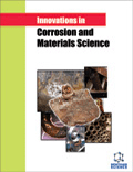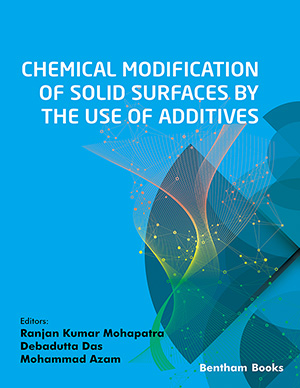Abstract
Introduction: The world has now discovered in natural fiber reinforced composites, a more eco-friendly alternative. Ever since, the interest in and demand for natural fiber reinforced composites is on the rise. Today, manufacturers in the construction, automotive, and packaging industries, among others are well aware of the worth of plant fiber reinforced composites. In particular, industrial hemp fiber reinforced composites have been gradually replacing fiberglass counterparts for vehicles that are fuel efficient and light weight. This may be attributed to the appealing qualities including their biodegradability and low cost as well as acceptable mechanical properties. Still, there exist certain challenges in the machining of composite products that need to be overcome.
Methods: Drilling, an operation for making holes in composite laminates is one of the challenging steps in the production cycle. It is indispensable for ascertaining the assembly of intricate composite products. The present experimental investigation is part of the ongoing attempts to come up with solutions to minimize the drilling induced damage. Experiments have been conducted using a state of the art experimental facility to determine the machining behavior of woven industrial hemp fabric reinforced polypropylene composites. The effect of the processing parameters; feed rate, cutting speed and the drill point geometry has been investigated on the drilling induced damage. The solid carbide drill bits have been used for conducting the experiments. Drilling-induced damage was quantified using stereo microscope.
Results: The major form of drilling induced damage is the delamination. Both the peel-up type and the push-down type of mechanisms have been observed for delamination. The push-down type of delamination has been found to be more severe in the current experimental domain. The processing parameters affect the drilling induced damage significantly. The delamination factor shows a strong dependence on the feed rate. The selection of the tool point geometry also influences the drilling induced damage. The Parabolic drill point geometry shows a better drilling behaviour in terms of minimum drilling induced damage. The experimental values indicate close relationship between tool point geometry and the delamination factor.
Conclusion: The natural fiber reinforced composite laminates are a viable alternative to the synthetic fiber reinforced composites. The hole making operation in these materials is a perplexing challenge. It can be concluded that the selection of the optimal processing parameters (cutting speed, feed rate) and the drill point geometry can significantly minimize the drilling induced damage. The drill point geometry is the most important parameter and its judicious selection can certainly reduce the rejection rate of composite products with drilled holes.
Keywords: Delamination polymer matrix composites, drill geometries and drill parameters, factor, natural fibers, polypropylene.
Graphical Abstract
 7
7 1
1







